Hiroshima is well-known to non-Japanese people mainly due to the devastation levied by the Enola Gay on August 6, 1945. The city has rebuilt itself over the years and today, you can recollect its recent history all that’s happened since by visiting the Peace Memorial Museum.
Visiting the Peace Memorial Museum in Hiroshima
This Hiroshima travel guide is part of our series on Japan Travel, East Asia Travel, and Asia Travel. It was originally created on May 14, 2014. It has been maintained and updated (as of December 27, 2018) on our blog to reflect current viewpoints and travel destination trends.
Getting to the Peace Memorial Museum
Courtesy of Visit Hiroshima
There are two tram options for reaching the Peace Park and Memorial Museum. You can either take the Tram bound for Eba and Miyajimaguchi from JR Hiroshima Station and get off at “Genbaku Domu-mae.” The other option is to take the Yoshijima-bound tram from JR Hiroshima Station and getting off at the “Heiwa-kinen-koen” stop.
Our Story
Peace Memorial Museum
Visiting the Peace Memorial Museum is a hard thing to face but a place that we all should. To make things a bit more complicated, we arrived during one of Japan‘s busiest holidays—Children’s Day. This was our last chance to see the Peace Memorial learn more about the world-changing event. Whether or not one feels either the Hiroshima-destined bomb or the dropped on Nagasaki to be justifiable, a large portion of humanity lost its conscience in August 1945.
Informative and Non-Confrontational
Hiroshima does not explicitly use the Peace Memorial Museum as a jab at those responsible for the destruction. Instead, the building promotes peace education and awareness through its history as an example. After seeing images of nuclear bomb development and Hiroshima just before the bombing, I can barely prepare for what’s next. Prior to entering the Main Building, there’s a section dedicated to peace and a nuclear-free world. It surely makes one think there’s still hope for the world and our future existence.
The Main Building
The images and stories found inside the Main Building are the most gut-wrenching and tear-inducing I’ve come across in life. There were seemingly countless tragic stories of families—forget buildings or bases—destroyed by The Bomb and the first images I will always remember are the wax figure recreations of people losing skin to the extreme heat produced by the explosion. Among the other troubling sights, we walked past tattered remains of clothing, hair, and even fingernails saved by devoted parents. It is becoming too much but I had to keep going through each room.
Disappeared People
What struck me most were the multiple stories of “disappeared” families mostly included children. Part of me wanted to get out of here and just run away to a far-off corner. I continued reading the terrible accounts of those who’d “met the A-bomb,” known in Japanese as Hibakusha. I forced myself to read everything and take in everything that the museum had to offer.
The Kids
Something else caught my attention to keep the emotions veering towards collapse. Kids were everywhere in this place, walking around and seeing these horrible things. Parents made a conscious effort to show their children what happened to people just like them almost 70 years ago. It made sense and I secretly commended the parents for doing this. As I walk through the displays explaining the cancerous after effects of radiation, a few questions came to mind. How would our kids handle such a place? Would they grow up advocating world peace? Would our society grow into a more peaceful one if all kids visited the Peace Memorial Museum? Before I could answer that question, I arrived at the wall dedicated to the most famous victim of The Bomb: Sadako Sasaki.
Sadako
She’s the girl who was miraculously unaffected (at first) when the explosion happened. After growing up as a normal girl, Sadako later sought care at the hospital and the doctors diagnosed her with leukemia. This all occurred 10 years after the bomb had fallen. In hopes of surviving, she recalled an old folktale which declared a wish would be granted to anyone who could fold 1,000 paper cranes. Young Sadako fell short of her goal when she died less than one year after entering the hospital. In a truly heartwarming finale though, Sadako’s classmates chipped in and finished the remaining cranes to complete 1,000.
Walking Out, Thinking Back
After seeing drawings from Atom Bomb survivors, we leave and encounter exactly what the museum strives for—peace. Outside there was a celebratory atmosphere and even more, we could see a beautiful celebration of Hiroshima’s flowers and tons of children enjoying their day. We walked past all this and made a visit to the Peace Memorial, also known as the Atomic Bomb Dome (Gembaku Dome). After listening to the joyous music, consuming copious amounts of street food, and staring at gorgeous flowers, I still struggle to cope with the images seen inside the Peace Memorial Museum.
Our Thoughts and Yours, Too
It perfectly captures one of the world’s worst tragedies but leaves one with hope for the future. To a large degree, the people in Hiroshima have moved on. One thing clearly lacking is a pointed finger for the destruction imposed on its people. What exists in abundance is hope for a peaceful world in the future. Hiroshima was a separation between past and present but also between peace and war. There is so much one can learn from walking around in Hiroshima. I hope to one day show my own kids around it and hope that they’ll understand its importance. Hiroshima’s past and present can teach us all a thing or two about how humanity lost its way but through peace, a more positive future is possible.
Have you ever visited the Peace Memorial Museum in Hiroshima? What did you think of it? Do you think there should be more testaments to peace in this world?

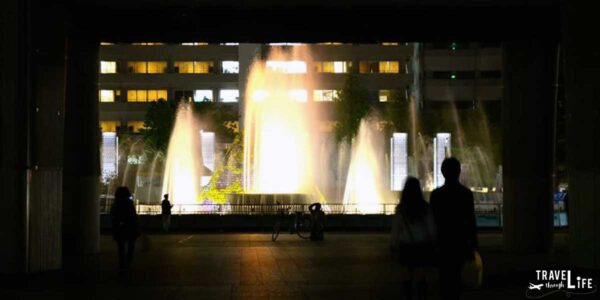
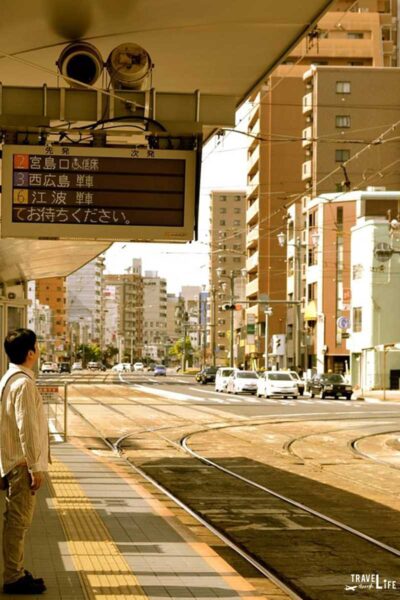
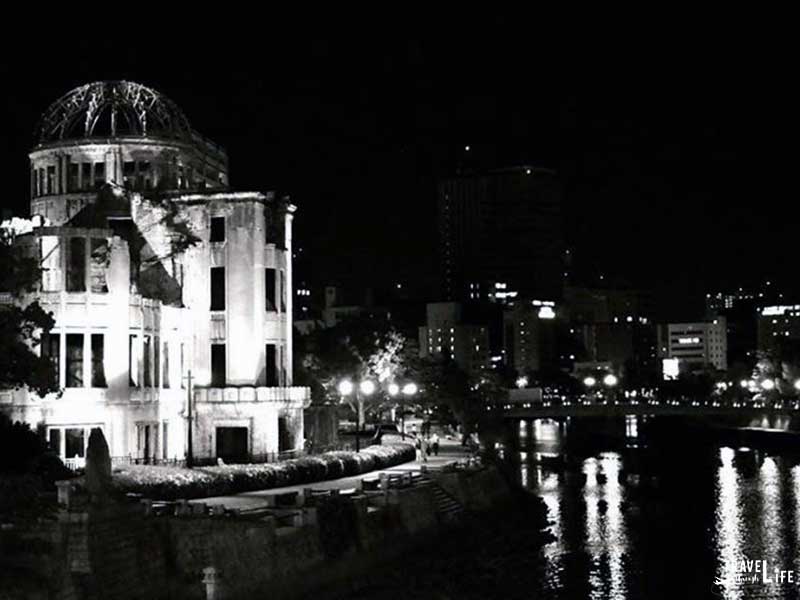
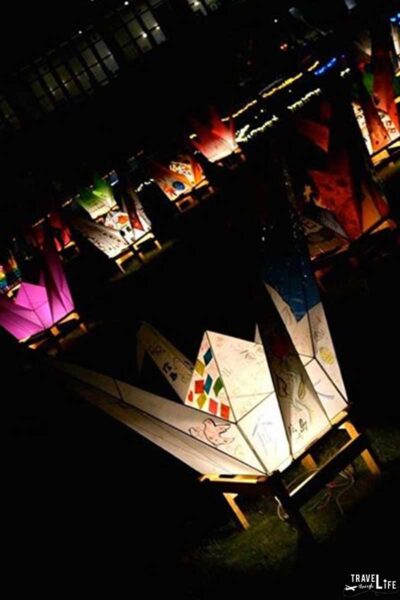
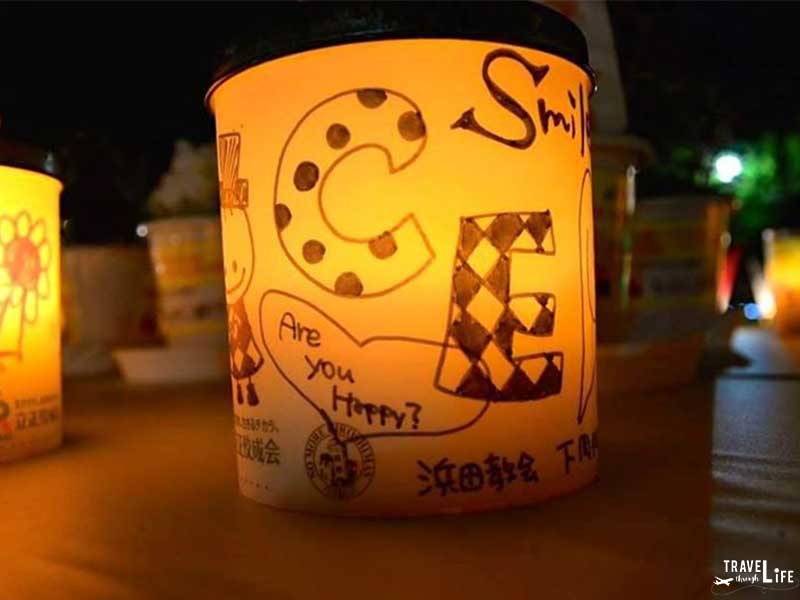
This is a great write-up. The Peace Museum was closed during my visit due to renovations. I linked your write-up to my page.
Whenever people ask me about where to go in Japan, I always suggest Hiroshima. I didn’t really know what to expect from the A-Bomb Dome and the Peace Museum, but it was an experience I will never forget. They really tug at your heartstrings by telling the stories of children that died. The tricycle was one of the things that stuck with me the most.
There were so many emotions flowing around when I walked through. I’d first gone when studying abroad in Japan and even though I knew what was in store, the Peace Memorial was tough. I agree with you about Hiroshima being the place to be. It seems so much quieter and a quaint city in contrast to the big players. Thanks for your comment, Meagan! I am happy you clicked and read:)
I visited Hiroshima a few years ago and was pleasantly surprised at how positive everyone there is. I loved walking round the Peace area and like you got emotional visiting the mueseum. It’s amazing how all the plants and animals are thriving in Hiroshima.
It is truly amazing. I think the people there are certainly dealing with the history in the best way they can.
Thank you for sharing the history of Hiroshima and such lovely pictures. Such a tragedy that I hope never happens again!
Thanks for your comment. It was a tough place to visit but something we should all do at some point.
Hiroshima is my favorite place in Japan. I love the street cars, the Hiroshima style okonomiyaki, and the peace park too. Part of me wants to say that every American should visit the place, but I know that’s impractical, and more importantly, wouldn’t affect them all in the way I’m imagining. Thanks for the post – it was nice to see and read about the city again.
One more thing: You said, “There’s so much more to every country, including the one I briefly knew as home many moons ago.” .. and that is 100% true. People always ask, “What’s it like living in xxxx?” and I have to pause for a moment. Do I try to really answer, to cram a thousand words into a moment? Or do I give them the short, easy, stereotypical answer they’re probably looking for?
This is a beautifully written piece and your photography skills are great. I am not sure I would take my children there just yet but definitely by the age of 10. At four and five, I don’t think they need to fathom this type of destruction yet.
Thank you so much. It was certainly eye-opening. I’d definitely have to prep my kids (when I have them) before showing them this museum. Cheers!
I don’t think I’d make it through that museum without some kind of breakdown…but how amazing that they chose to take this dark moment and move towards the light out of it…
It was tough walking through there. Hopefully that place has altered other people’s thoughts and ideas on how destructive war becomes. Thanks for your comment!
Very sobering share…it’s wonderful to see memorial garden and it’s clear purpose of moving forward yet knowing these are things that should never be forgotten..
Thank you for your comment. Yes, both of my visits to the Museum have had quite the effect on my life and worldview.
You have told of a time that must be remembered so that it won’t be repeated (do you think we have learned?) but what struck me was the feeling of serenity that has been created to replace that time. Thanks for sharing.
Thank you for your comment. Going back brought up lots of emotions and I feel that this post barely scratched the surface of how I felt whilst walking through the Museum. Cheers!
I loved your article Carl but long before I got to the end of it I was troubled by the fact that there only seems to be a one-sided approach to this tragedy these days. As Paul states in the comment above the lack of humanity began a long time before August of 1945. Atrocities across the pacific rim and throughout SE Asia had been happening at the hands of the Japanese for a long time. The dropping of the bomb was an extreme measure to end an extremely disgraceful chapter in human evolution. The result; the end of that chapter.
Thank you so much for reading! Cheers!
Hi Carl. Thanks for sharing your thoughts on Hiroshima. It certainly has a tragic history and one we must all hope is never repeated but while the U.S must search its soul over the two atom bombs it is important to also remember how that conflict started and how the Axis treated children during it. Humanity had left the room long before August 6th 1945.
Thanks for the comment. I appreciate your feedback.
I didn’t make it to Hiroshima on my visit to Japan, but now I really wish I had. It sounds like a really poignant experience, I’d have a tough time in that Main Building as well. I’ll make sure to go when I visit Japan next. Thanks for sharing
Thank you. I really recommend Hiroshima as one of the main places any foreigner should visit. Yes, Osaka and Kyoto have the food and culture. There ARE even other places one should visit but Hiroshima really deserves a visit just as much as anywhere else in Japan. Cheers!
Beautiful places and gut wrenching experiences… Thank you for sharing.
Thank you! I can honestly say that after this, my second visit, to Hiroshima; my life continues to be altered after seeing those images found inside the Peace Memorial. It’s definitely worth a trip there.
I can honestly say that I am still moved by your description. I can only imagine just seeing all those things… Ohh….